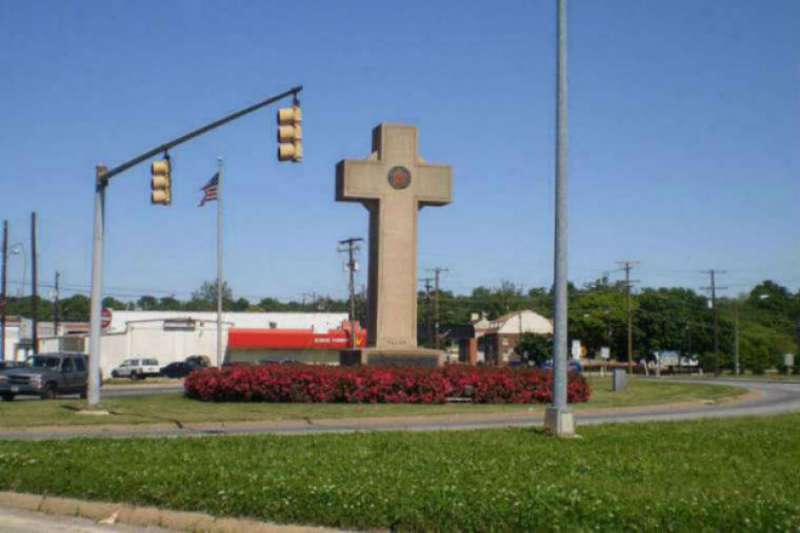The Supreme Court declared Thursday that a large, cross-shaped war memorial on public land is constitutional.
In a 7-2 decision, the court ruled in the case American Legion v. American Humanist Association that the Bladensburg Peace Cross does not violate the Establishment Clause of the First Amendment and can remain on public land and be maintained by public funds.
The majority opinion, issued June 20, was authored by Justice Samuel Alito, who was joined by Chief Justice John Roberts and Justices Stephen Breyer and Brett Kavanaugh. Justices Elena Kagan and Clarence Thomas concurred with parts of Alito’s opinion.
Justices Ruth Bader Ginsburg and Sonia Sotomayor were the only judges to dissent from the decision.
The Supreme Court reversed a previous Fourth Circuit decision that found that the monument was unconstitutional due to its overt religious symbolism. The monument was installed in 1925 to honor local soldiers killed in World War I. Presently, the county maintains the grounds of the monument, which the American Humanist Association argued was an entanglement of government and religion.
Writing for the majority, Justice Alito issued strong criticism of the so-called “Lemon Test” that has been used since 1972 case Lemon v. Kurtzman to determine if an action creates “excessive government entanglement with religion.” Alito wrote that the test “presents particularly daunting problems” in cases that involve religious words or symbols that are primarily for commemoratory or ceremonial reasons.
“Together, these considerations counsel against efforts to evaluate such cases under Lemon and toward application of a presumption of constitutionality for longstanding monuments, symbols, and practices,” wrote Alito.
The court determined that removing a longstanding monument like the Peace Cross “may no longer appear neutral, especially to the local community for which it has taken on particular meaning.”
“A government that roams the land, tearing down monuments with religious symbolism and scrubbing away any reference to the divine will strike many as aggressively hostile to religion,” he said, adding that “Militantly secular regimes have carried out such projects in the past, and for those with a knowledge of history, the image of monuments being taken down will be evocative, disturbing, and divisive.”
While the Supreme Court did not reject outright the standards of the Lemon Test, the new decision limits its future application.
“The Supreme Court rightly recognized that religious symbols are an important part of our nation’s history and culture,” said Luke Goodrich, vice president and senior counsel for the Becket Fund for Religious Liberty, responding to the decision.
“We look forward to the coming gap in cable-news programming, as atheist organizations that made bank by suing over harmless religious symbols find a new line of work and learn to look the other way.”
Andrea Piccotti-Bayer, the legal advisor for The Catholic Association, an organization dedicated to “defending religious liberty, life, and the Church in the public square,” praised the Supreme Court for its “common sense and clarity” in deciding that the monument was constitutional.
“The Constitution does not require eliminating the great symbols of America’s religious pluralism from the public square,” said Piccotti-Bayer in a statement sent to CNA.

